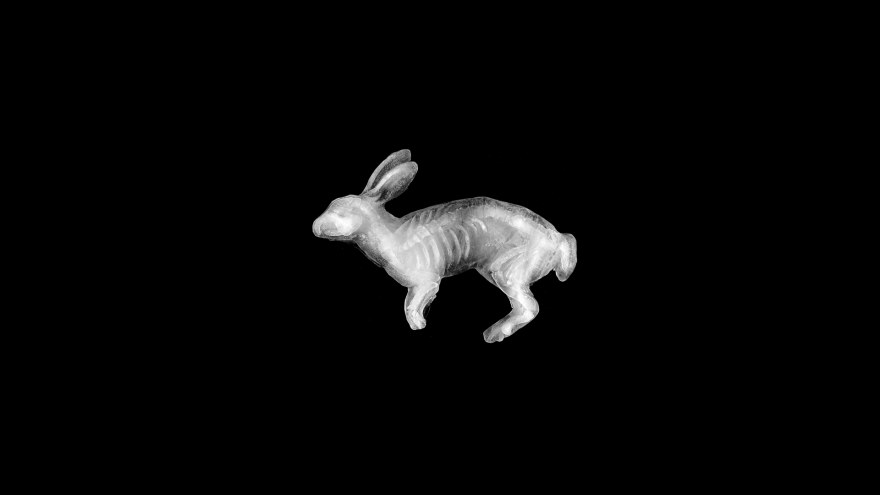Night cap with Freeze Frame
Interview with Soetkin Verstegen, director of Freeze Frame
Why did you want to animate Freeze Frame in black and white? (A question for fun: isn’t the black and white image “the most absurd technique since the invention of” the colour image?)
The film is a play with formal elements of early cinema. It’s a time frame I got interested in while making my previous film: Mr Sand. So nearly all the materials which inspired the idea were black and white (early X-ray, films documenting the ice harvest, negatives found frozen in the ice on Antarctica, films by Jean Comandon and Jean Painlevé…). It seemed more simplified and stronger to photograph the ice that way. I wanted black human figures on a white background above the ice, as a negative image to the ghostly white figures on black under the ice. Hard, repetitive work, against a more free-floating world of marvel and discovery. Two opposing worlds that enable each other. The human figures want to see through the ice, like wanting to see through skin. Images of the inside of bodies are still essentially black and white, registering absence, presence or something in between. After working two years in black and white though, I’m craving to make a film saturated with color.
Which techniques have you used? Which matter is used for the human figures?
I wanted to work with ice, because it’s about the silliest material you can use in stop motion. It has an interesting relation with time stretching and condensing, flow and stillness. It was a lot about making it more difficult for me than animation already is in itself. I’m dragging my ice cube, just like the figures in the film. Because I wanted the human figures to be duplications (a freeze frame consists of duplicated images), I made a clay model, a plaster mould and then cast it ten times in PU foam with an aluminium wire frame and resin heads. I sewed the clothes on every puppet separately, according to little patterns in order to remain identical. But the puppets are only a tool to me. They have no artistic value in themselves, I need them for the idea, for movement, light and composition.
How much did you want to make a reference to species preservation efforts?
I thought about preservation in general. Preservation of history through images and archives. Any hopeless attempt on a political, personal or environmental level to hold on to something you know will disappear. And about the idea that preservation is intervention as well, it is not leaving things untouched. I looked for animals that are found in fossils and ambers. Frogs are indeed one of the oldest animal species on earth and now threatened with extinction. But I also chose the frog, among other reasons, because it’s an iconic testing animal. Galvani was reviving dead frogs by stimulating their muscles with electricity and Marey recorded the twitchings with his myograph. It was one of the first creatures to be X-rayed by Dr. Röntgen. The human figures are willing to go as far as to dig into their own bodies to explore and immortalize. In making an image, they might harm or kill the original, and in the process of trying to preserve, they create materials that will outlive the body.
What does prevail in film: preservation or creation? Is the film genre some sort of a mankind preservation program?
I’m interested in the invention of film because it’s related to a lot of optimism towards technology, exploration, invention and creation. Science seemed to be a world of marvel and discovery. Now of course we look differently at both industry and the overload of images. But I have no moral message or choice of one above the other in this film. I like to think about all these human attempts to discover and give meaning, preserve and create. If we must disappear in the clutter of this fascination, as a story, it’s kind of beautiful.
How did you work on the sound?
For the sound I worked with Andrea Martinoni, who I worked with previously, and he invited Michał Krajczok to work with him. I sent them notes for every shot about what I had in mind soundwise, and they made a provisional version before the film was finished. In the end I went to Berlin, and we all sat together for three long evenings to finish the entire sound of the film.
Would you say that the short film format has given you any particular freedom?
Absolutely, in non-narrative animation it gives a lot of freedom to experiment, without ties. For a next film I would easily go even shorter than five minutes. There has been a lot said about our attention span shrinking, and slow cinema being an answer to that. But I think if it fits to condense your film into a miniature, people can go and spend their attention span outside of images.
What are your reference works?
I was drawn to films where animating light, focus and blur are part of the cinematography. Also films where the link between shots is associative and not narrative. For example intercutting figurative with more experimental animation. I had the opportunity to do a production residency at Light Cone, and after watching my film I was asked whether I knew Patrick Bokanowski. He had indeed been a reference. When you’re making a film, you notice those films in the festival circuit that are doing similar things. I remember films by Anita Kwiatkowska-Naqvi, Samuel Yal, Momoko Seto, for example. I think most of these films are also made without a storyboard, but back and forth between animation and edit.
Freeze Frame is part of Lab Competition L3.








